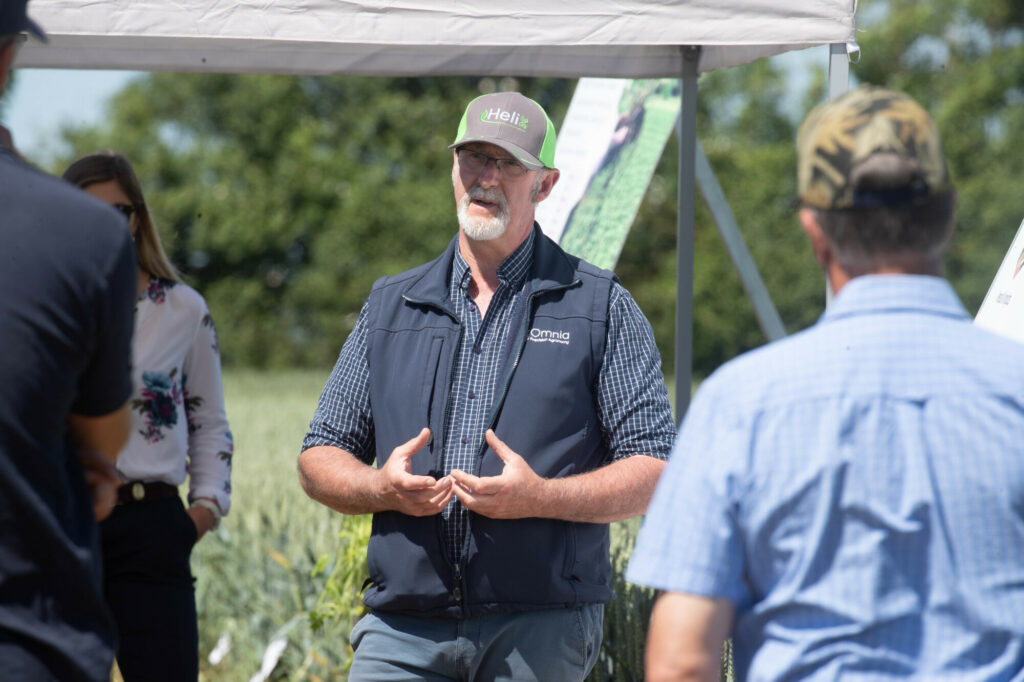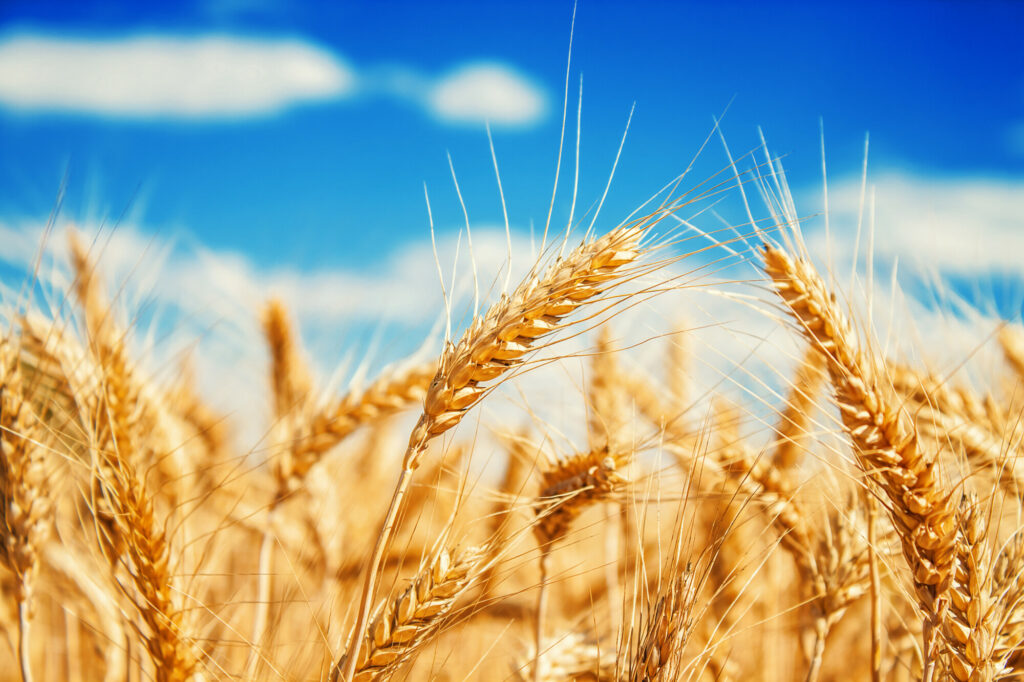Spotlight on spring cereal cropping options
14th December 2021
For those still to decide which crops and/or varieties to sow next spring.
Hutchinsons’ technical manager Dick Neale and national seeds manager David Bouch highlight some options to consider.
After many growers got forced into spring cropping following wash-out autumns in 2019 and 2020, better conditions for establishing winter crops this autumn were a welcome relief.
While this will result in less dependence on spring crops in 2022, they remain important to the rotation on many farms, for agronomic, financial and logistical reasons.
Spring barley
Barley remains the leading spring cropping option in many regions, especially those supplying malting, distilling and animal feed sectors. In recent years, spring barley has also become a go-to option in less traditional areas among growers tackling black-grass.
“That’s still the situation, especially as there will be some fields that have taken a backwards step for black-grass control after the difficult conditions we’ve experienced in recent seasons,” Mr Neale says.

Dick Neale – Technical manager
“If you’re growing spring barley for black-grass control on heavy clay soil, don’t rush out and get a malting contract then apply malting barley principles developed on predominantly light land. For black-grass control, focus on maximising yield and crop competition, which in turn will dilute grain nitrogen and can still make a good malting sample.”
Pushing for yield does not necessarily require a lot of nitrogen – typically around 120kg N/ha – but it does mean early drilling at higher seed rates into good conditions and a robust programme of fungicides and growth regulators, he notes.
In terms of varieties, Mr Bouch says the main options are largely unchanged from last year, with Laureate, LG Diablo and RGT Planet leading the way on yield, quality and acceptance by end users. “Yield, specific weight and screenings are all pretty similar, although Laureate performed exceptionally well last year.”
Mr Bouch adds: “We’ve seen several new varieties come through, but none add much in terms of yield and most still need end user backing.”
Newcomer Skyway is interesting given a 4–5% yield advantage over established favourites, however at the time of writing it was still being evaluated for brewing use. Likewise, SY Splendor and SY Tungsten, which joined the Recommended List last year, also offer slightly higher yields, but still only have provisional MBC approval, he says.
Spring wheat
There have been big improvements in spring wheat agronomy in recent years, with many growers achieving good results.
The crop is an efficient user of nitrogen, with most spring milling varieties able to achieve 13.5% protein from around half the applied nitrogen usually required by winter milling wheat, Mr Neale says.
Given spring wheat’s low tillering capacity, he believes success depends on high seed rates to ensure a strong established plant population and reduce the risk of ergot infection during flowering. Generally, this means sowing 500–600 seeds/m2, which should produce yields of around 8t/ha.
Group 1 variety Mulika is still a firm favourite, despite having spent 20 years on the RL, Mr Bouch says. Group 2 KWS Cochise picked up decent market share in 2021 and is likely to be popular again next spring, he adds.
Another Group 2, KWS Giraffe, joined the RL in 2020 and generated much interest, however with limited seed availability, it took only a small market share, which he expects to increase next spring. “It’s got the protein and specific weight growers need, and although yield isn’t the highest, it’s still almost 10% better than Mulika.”
KWS Chilham is another Group 2 worth considering, while for out-and-out yield, several familiar Group 4s attract support. “They offer highest yields, but proteins are not as exciting.”
Spring oats
The UK spring oat area is relatively small, so seed volumes are limited and tend to sell out most seasons.
The crop provides a partial break from wheat and barley that is relatively cheap to grow and can be highly competitive against black-grass, Mr Neale says.
“It doesn’t need a lot of nitrogen, and disease-wise, the main focus is on keeping out mildew and rust, which should be fairly straightforward with existing chemistry. Standing ability is not too bad providing you adopt a sensible PGR programme.”
Mr Bouch says WPB Isabel is one of the biggest selling spring oat varieties, and is likely to remain popular given its yield and quality, closely followed by Canyon.
Newcomer Merlin is attracting attention for its quality, so is worth considering, he adds.

David Bouch – National seeds manager

